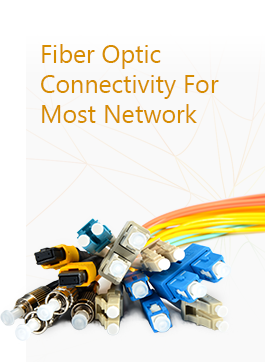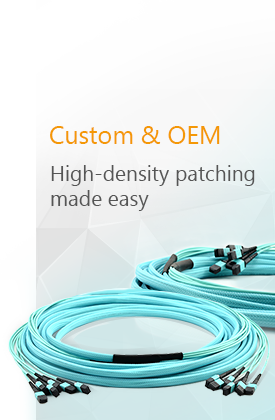An automated fiber splitter production line is a complex system that incorporates various components to ensure efficient and precise manufacturing. The key components of such a production line include:
- Control System:
- Acts as the "brain" of the production line, responsible for monitoring, scheduling, and managing the entire production process.
- Typically comprises a Programmable Logic Controller (PLC), industrial computers, and Human-Machine Interfaces (HMI).
- PLCs are the core control devices, programmed to logically control various equipment.
- Conveyor System:
- Responsible for transporting workpieces from one station to another.
- Commonly consists of conveyor belts, conveyor chains, and robotic arms.
- Conveyor belts are simple, reliable, and cost-effective, while conveyor chains are suitable for heavy-duty and high-speed applications.
- Robotic arms offer high flexibility and precision for complex workpiece handling tasks.
- Processing Equipment:
- The core part of the production line, responsible for processing and handling workpieces.
- Types of processing equipment include machines, injection molding machines, punch presses, welding machines, and specific equipment for fiber splitter manufacturing.
- Equipped with automatic loading and unloading devices, automatic tool changing devices, and other auxiliary equipment to enhance automation.
- Detection Equipment:
- Ensures the quality of the fiber splitters by conducting real-time monitoring and detection.
- Types of detection equipment include dimensional inspection equipment, appearance inspection equipment, and mechanical property testing equipment.
- Helps identify quality issues early to prevent defective products from entering subsequent processes.
- Material Handling and Storage Systems:
- Handles raw materials, semi-finished products, and finished products.
- Consists of racks, stackers, and conveying equipment.
- Facilitates rapid inventory and retrieval of materials, improving warehousing efficiency and reducing inventory costs.
- Automated Assembly Equipment:
- Specifically designed for assembling fiber splitters.
- Utilizes robotic arms, conveyors, and other automation equipment to automate the assembly process.
- Ensures precision and consistency in the assembly of fiber splitters.
- Testing and Verification Systems:
- Ensures that the fiber splitters meet the required specifications and performance standards.
- Conducts tests such as optical performance tests, mechanical durability tests, and environmental tests.
- Helps identify and rectify any defects or issues in the fiber splitters before they are shipped to customers.
- Software and Programming:
- Software is used to program and control the PLCs, conveyors, processing equipment, and other automated components.
- Programming languages such as Ladder Logic, Structured Text, and Function Block Diagram are commonly used.
- Software also aids in data collection, analysis, and reporting for production management.
- Power Supply and Distribution Systems:
- Provides electrical power to all components of the production line.
- Ensures safe and reliable power distribution to prevent any electrical hazards or downtime.
- Safety and Compliance Systems:
- Ensures that the production line operates within safety and regulatory guidelines.
- Includes safety guards, emergency stop buttons, and other safety devices.
- Ensures compliance with industry standards and regulations related to workplace safety and environmental protection.
These components work together to create an efficient, automated fiber splitter production line that can produce high-quality fiber splitters with precision and consistency.


